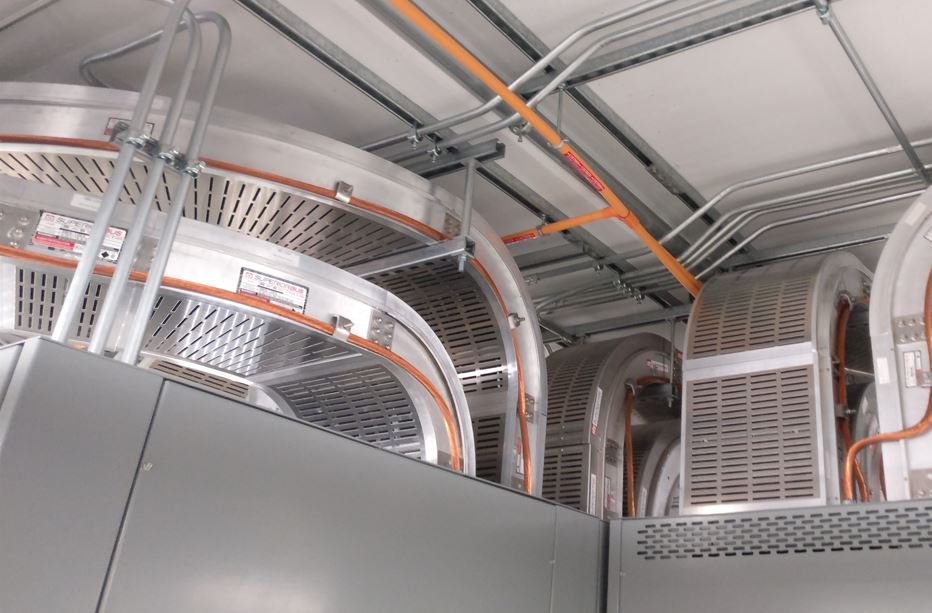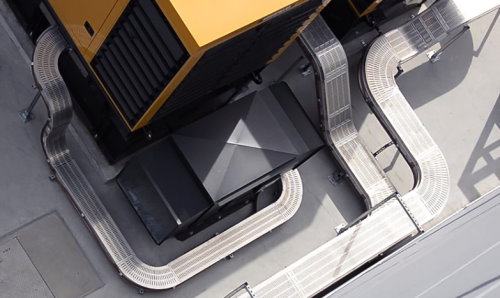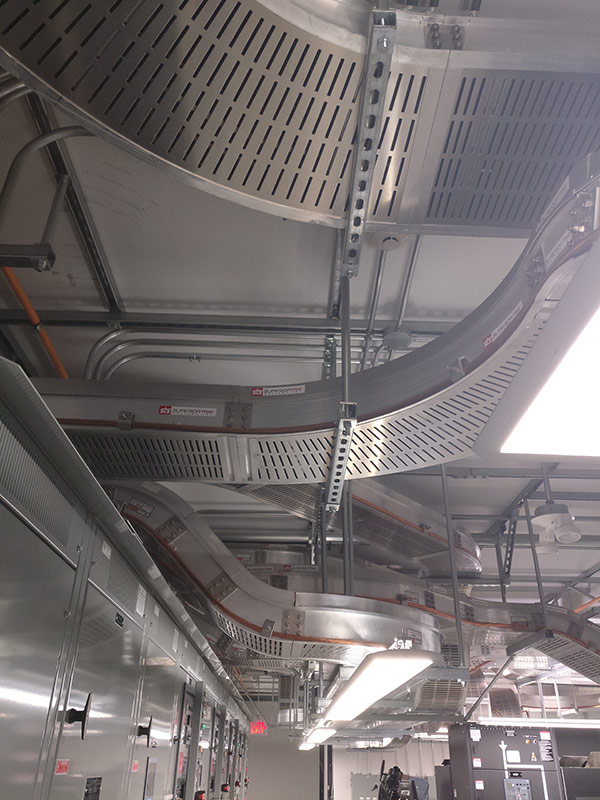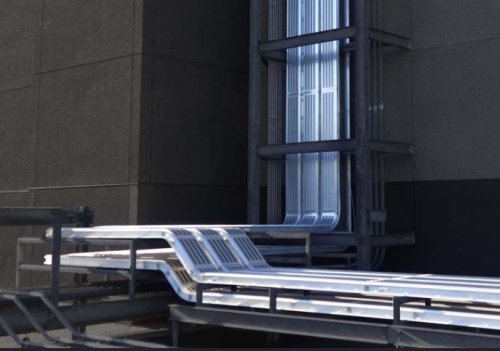
The evolution of the busbar system over the past few years has seen its increased usage and preference over hard-wired power distribution systems. Aluminum and copper are the two most common conductors used in electrical equipment. Of the two, copper is one of the oldest known metals used as a conductor of choice for most busbar systems. However, recent years have seen more use of aluminum conductors in the global busbar systems because of the competitive advantages it offers compared to copper. This article explores some of the reasons why aluminum is used in a busbar more often instead of copper.
High Conductivity
Engineers disregard aluminum as a viable conductor for busbar systems because it takes a larger size of conductor to match the equivalent current capacity of a copper conductor.
Pure aluminum is approximately 65 percent of the International Annealed Copper Standard (IACS), and its conductivity entirely depends on the alloy and temperature. However, when comparing kilogram for kilogram, aluminum busbars are proven at least 50 percent more conductive when compared to copper. If weight restrictions apply and size is not an issue for your specification, then aluminum will be an ideal choice for maximizing the conductivity of your busbar power distribution system.
Affordable Costs
Consumer demand and other political, as well as economic factors, influence the price of copper, making it more volatile than aluminum. The price ratio of copper to aluminum as stated by the London Metal Exchange is currently over 3:1. As a result, contractors and specifiers prefer aluminum to copper to compile their cost forecasts with more accuracy. It provides huge cost savings for the intended project, which is passed on from busbar manufacturers. Aluminum conductors are lightweight which means that few supports are needed to secure the busbar trunking system. It also reduces transportation and labor costs as less manpower will be required for the installation.
This article covers What is Relay and Busbar.
Durability and Strength
The high tensile strength of quality aluminum allows it to withstand a thermal expansion strain. The strength and durability of aluminum can range from soft to mild steel based on the used alloying agents. Aluminum is one of the lightest metals that are commercially available in the market with a density of about 1/3 of steel or copper. Aluminum can even be stronger when other alloying elements such as silicon, copper, and manganese are added to its composition. Not only does this process increase the tensile strength of the metal, but also produces an alloy with tailored properties to specific applications.
Resistant to Fatigue and Corrosion
Copper outperforms aluminum when considered on volume. However, aluminum has a higher electrical efficiency when compared in terms of weight. This is attributed to the fact that it has a 70 percent lower density than copper, making it an ideal choice for busbar systems when sizing is not a major concern. The mechanical resistance of aluminum of high strength and quality can be up to 530 Newton/mm2. These unique features make it resistant to both corrosion and fatigue since it only requires simple stripping for quick removal of corrosion.
Environmental Sustainability
Although both copper and aluminum are fully recyclable, the method by which each metal is extracted and recycled can impact environmental sustainability. At least 75 percent of aluminum produced is still in use today, making it one of the most recycled industrial metals than copper. Aluminum uses only 5% of the energy during the recycling process and releases 5% of associated emissions during primary production. On the other hand, copper uses 15% of the energy required to mine and extract the same amount of copper. Based on the above data, aluminum is regarded as the most sustainable metal on busbar trunking conductors because it produces less energy waste when recycling and is less reliant on the non-eco extraction process.
The most suitable metal for busbar conductors may be subjective to project limitations and individual specifications. However, the benefits and drawbacks of both aluminum and copper can shed some light on which metal conductor is suitable for busbar systems. The choice of internal conductors is very important especially if it can handle the transmission and distribution of power and meets the user’s requirements. Since the conductor’s performance determines the performance of the bus system. Although many contractors understand the cost difference between copper and aluminum, they are hesitant to change because they do not have personal experience with aluminum conductors unlike they do with copper.



